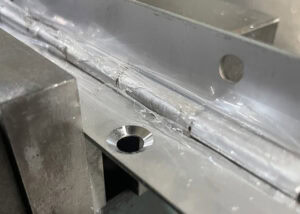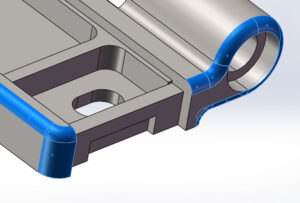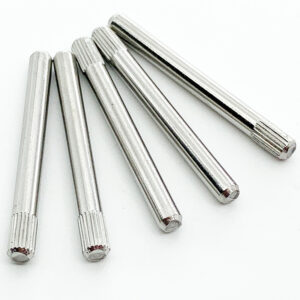Choosing the right partition hinge enhances not only the functionality but also the durability of the partitions, ensuring they operate smoothly for years to come. Let’s dive into the specifics of partition hinges to help you maximize their benefits.
Understanding the Types of Partition Hinges
Partition hinges vary significantly in design and functionality, each suited to specific types of partitions and usage scenarios. Common types include continuous hinges, industrial pivot hinges, and butt hinges.
Continuous hinges run the full length of the partition and distribute weight and stress evenly, making them ideal for heavy or high-traffic partitions. Pivot hinges, on the other hand, are mounted at the top and bottom of the partition, allowing for a wider opening angle, which is perfect for partitions that need to swing out of the way completely. Butt hinges are similar to those used on standard doors and are suitable for lighter, less frequently moved partitions.
Each hinge type offers different benefits and limitations. Choosing the right hinge depends on the partition’s weight, the frequency of movement, and the installation environment. Understanding these factors will guide you in selecting the most appropriate hinge that provides both performance and durability.
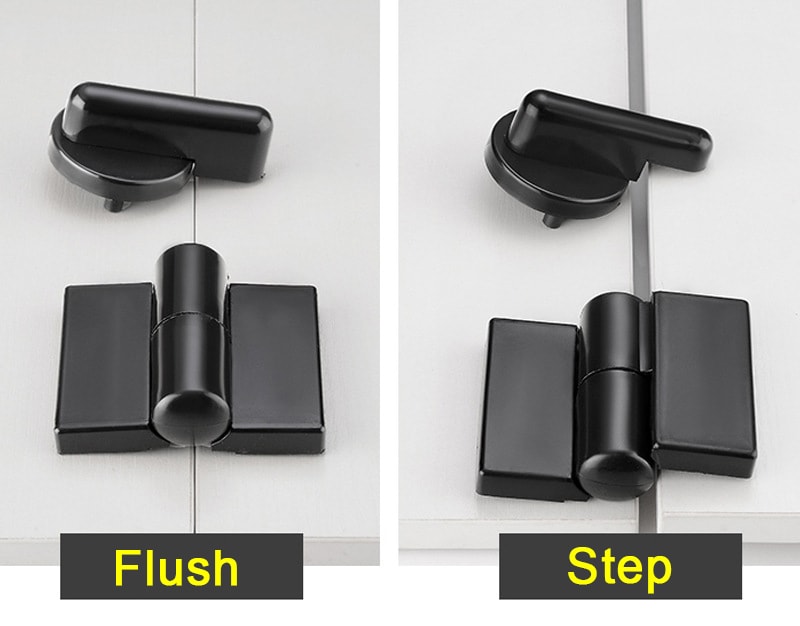
Selecting the Right Material for Partition Hinges
The material of the partition hinges is as important as the type of hinge. Common materials include steel, stainless steel, aluminum, and brass. Each material offers different strengths and weaknesses concerning corrosion resistance, strength, aesthetic appeal, and cost.
Steel hinges are strong and affordable but may corrode if not properly treated or if used in high-moisture environments. Stainless steel hinges offer excellent corrosion resistance and are ideal for use in humid or corrosive environments but at a higher cost. Aluminum hinges are lightweight and resist corrosion well, suitable for light partitions. Brass hinges, while more expensive, provide a decorative look and substantial corrosion resistance.
Choosing the right material will depend on your specific needs, including environmental conditions, load requirements, and budget. This decision will impact the longevity and functionality of your partition hinges.
Installation Techniques for Partition Hinges
Proper installation is crucial for the optimal performance of partition hinges. Incorrect installation can lead to operational issues, increased wear and tear, and even premature failure of the hinge or partition.
For the best results, ensure that the hinge is aligned accurately and mounted securely. Use the right tools and hardware for installation, such as screws of appropriate length and diameter, to ensure that the hinges are firmly attached to both the partition and the wall or floor. It’s also important to check the alignment of the hinges during installation to prevent uneven stress and ensure smooth operation.
Professional installation might be recommended, especially for complex systems or heavy partitions, to avoid common pitfalls and ensure that the partitions are securely and correctly installed.
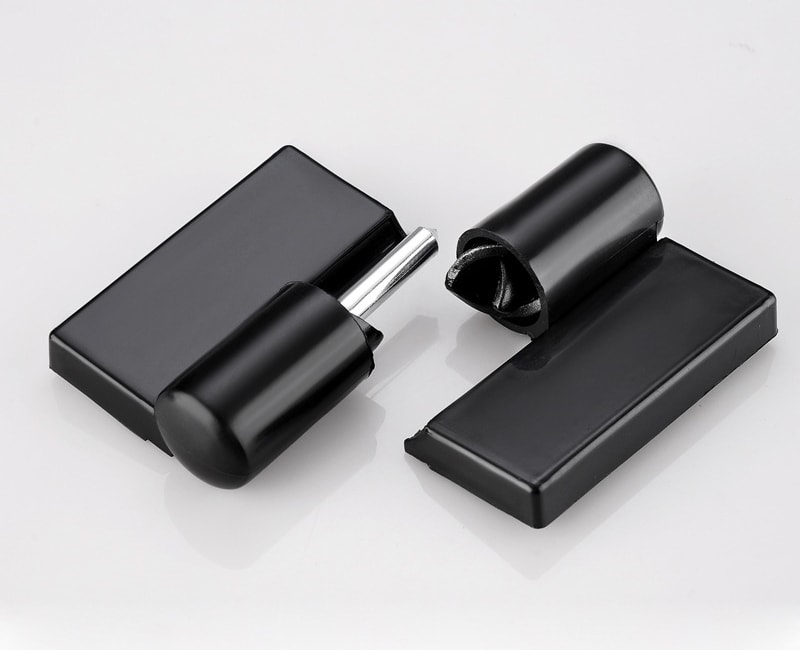
Maintenance Tips for Partition Hinges
Regular maintenance is key to extending the life of partition hinges. This includes periodic cleaning, lubrication, and checking for wear and tear.
Cleaning hinges regularly to remove dust and debris can prevent buildup that might hinder smooth operation. Lubricating the hinges with a suitable lubricant can also help maintain smooth motion and prevent squeaking. Regularly inspect the hinges for signs of wear or damage, such as rust or loose screws, and address these issues promptly to prevent further damage.
Setting up a maintenance schedule depending on the usage frequency and environmental conditions can help keep your partitions functioning well for a longer period.
Troubleshooting Common Issues with Partition Hinges
Despite proper installation and maintenance, issues may arise with partition hinges, such as sticking, squeaking, or alignment problems. Knowing how to troubleshoot these common issues can save time and money.
For sticking or hard-to-move partitions, check for obstructions or buildup around the hinges and clean as necessary. If the partition still sticks, lubrication may be required. Squeaking usually indicates that the hinges need to be lubricated. If the partition appears misaligned, ensure that the hinges haven’t loosened over time and tighten any loose screws or hardware.
Understanding how to diagnose and fix these common problems can help maintain the functionality and longevity of your partition systems.
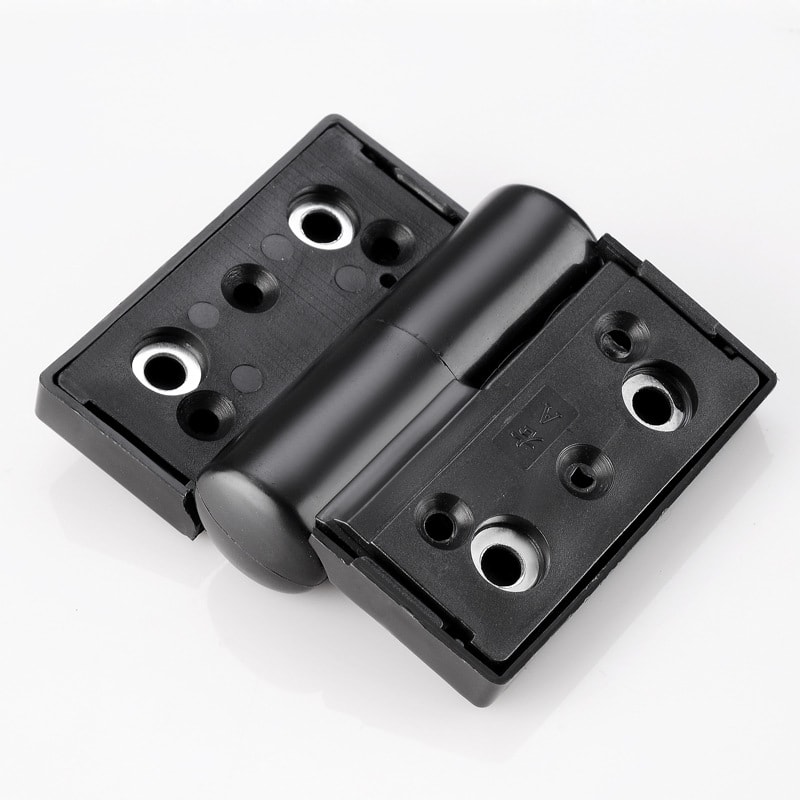
Safety Considerations When Using Partition Hinges
Safety is paramount when dealing with movable partitions, especially in high-traffic areas. Ensure that the hinges and partitions are installed with safety in mind, including using hinges that can securely hold the partition’s weight without risk of collapsing.
Additionally, consider the placement of partitions to avoid creating tripping hazards or obstructing emergency exits. Regularly inspect partitions and hinges for stability and signs of wear or damage that could pose safety risks.
By prioritizing safety during installation and routine checks, you can prevent accidents and create a safer environment for all users.
Innovations in Partition Hinge Technology
Advancements in technology have led to the development of more durable and flexible partition hinges. Innovations such as self-lubricating hinges, hinges with integrated damping systems for soft closing, and electronically operated hinges enhance usability and functionality.
Keeping up with these innovations can provide opportunities to upgrade existing partition systems or to design new installations that utilize the latest in hinge technology for better performance and convenience.
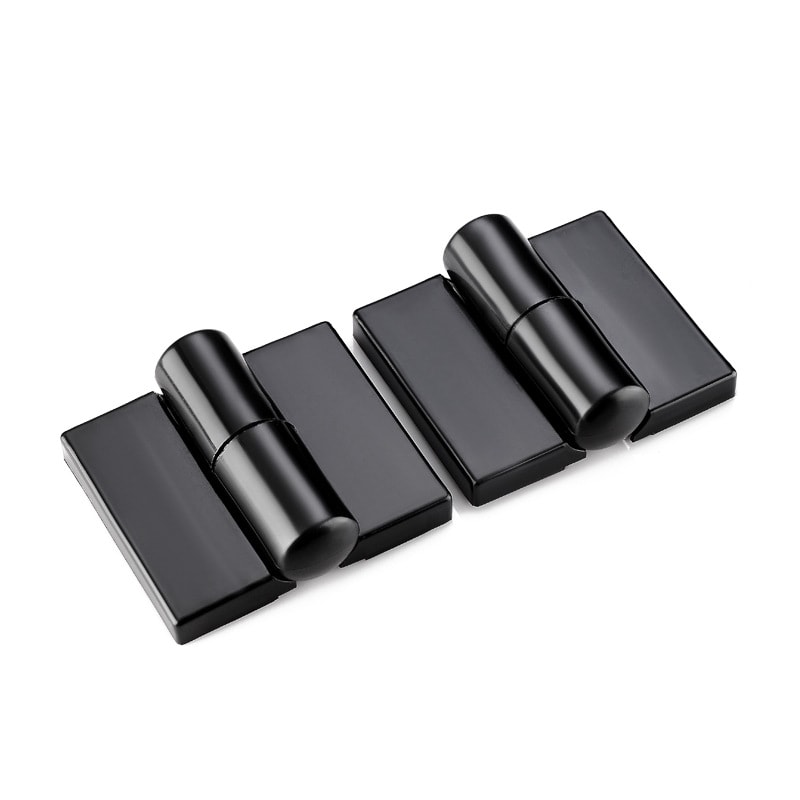
The Future of Partition Hinges in Modern Architecture
As modern architecture continues to embrace flexible and dynamic spaces, the role of partition hinges is becoming increasingly important. The future likely holds further advancements in hinge technology, including smarter, more energy-efficient options that can integrate seamlessly into automated building systems.
Staying informed about these developments can help you leverage new technologies for your spaces, ensuring that your partitions remain functional, aesthetic, and up-to-date with current trends.
Conclusion
Partition hinges are more than just functional components; they are integral to the adaptability and efficiency of modern spaces. By understanding and applying these eight tips, you can ensure that your partition systems are both effective and enduring.
You may be interested:
- How to Choose the Right Mechanically Fastened Hinges for Your Project?
- What Are the Hidden Benefits of Installing Maintenance Free Door Hinges?
- Top 8 Things You Should Know About Lift Off Hinges
- Top 10 Things You Need to Know About Letter Box Hinges

